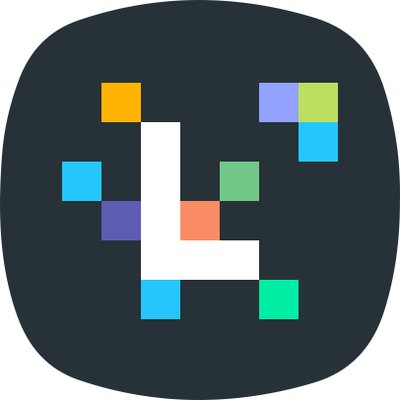On Launching A Moon Based Planner And Crowdfunding My Way to $6,500
Hello! Who are you and what business did you start?
Hi there! My name is Elizabeth Russell. I’m the creator of the Dreamfruit Almanac for Earthlings, which is a moon-based planner and guided journal that I self-publish each year.
I deliver year-round interactive sessions to bring the themes within the book into focus in a more personal way. Most of the people who love Dreamfruit are looking for creative ways to respond to the changes and challenges of our time.
I call myself a protector of the deep imagination, as I believe that the imagination can be a generative, practical tool for dreaming something better in our personal lives, but also for the world we’re living in.
Dreamfruit is a unique project that feels more like a “sacred assignment” than a business. That said, we are in year four and have just completed our first crowdfunding campaign with over 100% community support!


Download the report and join our email newsletter packed with business ideas and money-making opportunities, backed by real-life case studies.

Download the report and join our email newsletter packed with business ideas and money-making opportunities, backed by real-life case studies.

Download the report and join our email newsletter packed with business ideas and money-making opportunities, backed by real-life case studies.

Download the report and join our email newsletter packed with business ideas and money-making opportunities, backed by real-life case studies.

Download the report and join our email newsletter packed with business ideas and money-making opportunities, backed by real-life case studies.

Download the report and join our email newsletter packed with business ideas and money-making opportunities, backed by real-life case studies.

Download the report and join our email newsletter packed with business ideas and money-making opportunities, backed by real-life case studies.

Download the report and join our email newsletter packed with business ideas and money-making opportunities, backed by real-life case studies.




















